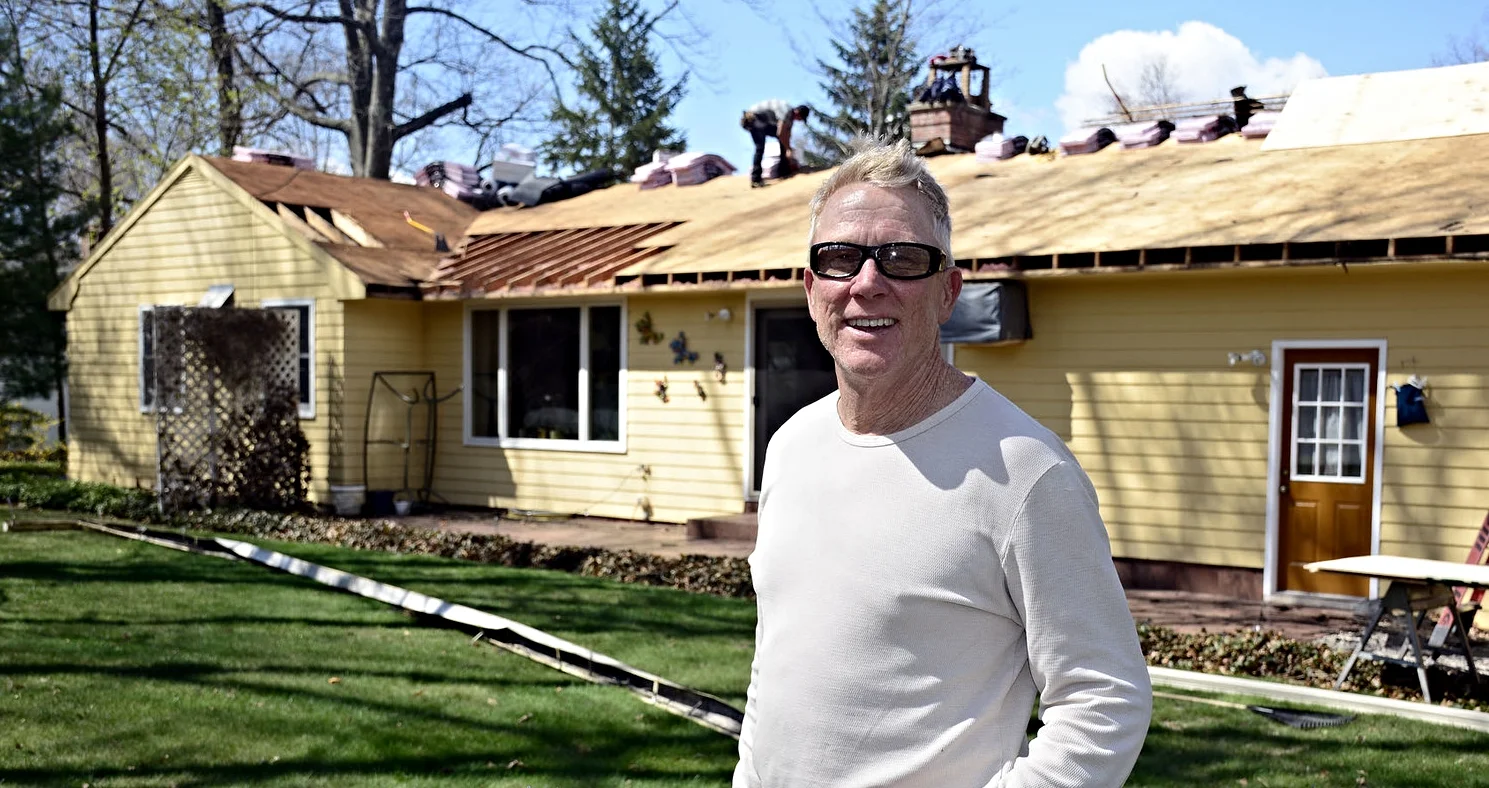Beware of Dangerous Ice Dams
Chelsea O'Donnell
We all know that snowfall, freezing rain, and sleet make for icy conditions on sidewalks and roads. But did you know that your roof is actually where hazardous winter weather can do the most harm?
I’m talking about ice dams, a solid mass that forms when heavy snow blankets the roof, creating an extra layer of insulation. As warm air rises from your house and up through your attic, it causes the snow to melt and the water to slide down into the gutters. This would normally be just fine, but because so many homes in our area aren’t properly insulated, the melting ice will often make contact with the cold eaves of the roof and freeze again instead of draining off through the gutters. This forms an ice blockage.
If not taken care of, that ice can grow if the weather stays cold. The dam can even get strong enough to lift up your roof shingles, creating gaps that will let the water through and into the attic. This is when people start to see leaks in their ceilings and walls.
The best way to avoid this problem is by taking preventative measures. When you’re shoveling your driveway and clearing your sidewalks, think about snow removal for your roof too. This will help to avoid any potentially dangerous build-up. If an ice dam is already forming, one easy way to get rid of it is to simply fill a pair of pantyhose with ice melt and put it directly on the dam. If you’re not used to being on a ladder, don’t even think about getting up there in the winter months. A professional can help clear any winter debris from the house safely.
These, of course, are just stop-gap measures. The only way to prevent ice dams from forming permanently is to have your home properly insulated and ventilated. More than 75% of homes in our area are under-insulated which causes the heat from your home to shoot right through the roof. Having appropriate insulation and ventilation will keep your home free from ice dams and will keep you much more comfortable in both the winter and the summer. You’ll feel the difference immediately, and you’ll see the benefit in your energy bills too.
Bob O'Donnell is the owner of O'Donnell Bros, Inc., a Bristol-based home improvement company established in 1975. Email your questions for Bob to info@odonnellbros.com with the subject line “Ask the Pro”. All questions may be considered for publication. To contact Bob for your remodeling needs, call O'Donnell Bros, Inc. at (860) 589-5155 or visit www.odonnellbros.com. Advice is for guidance only.
